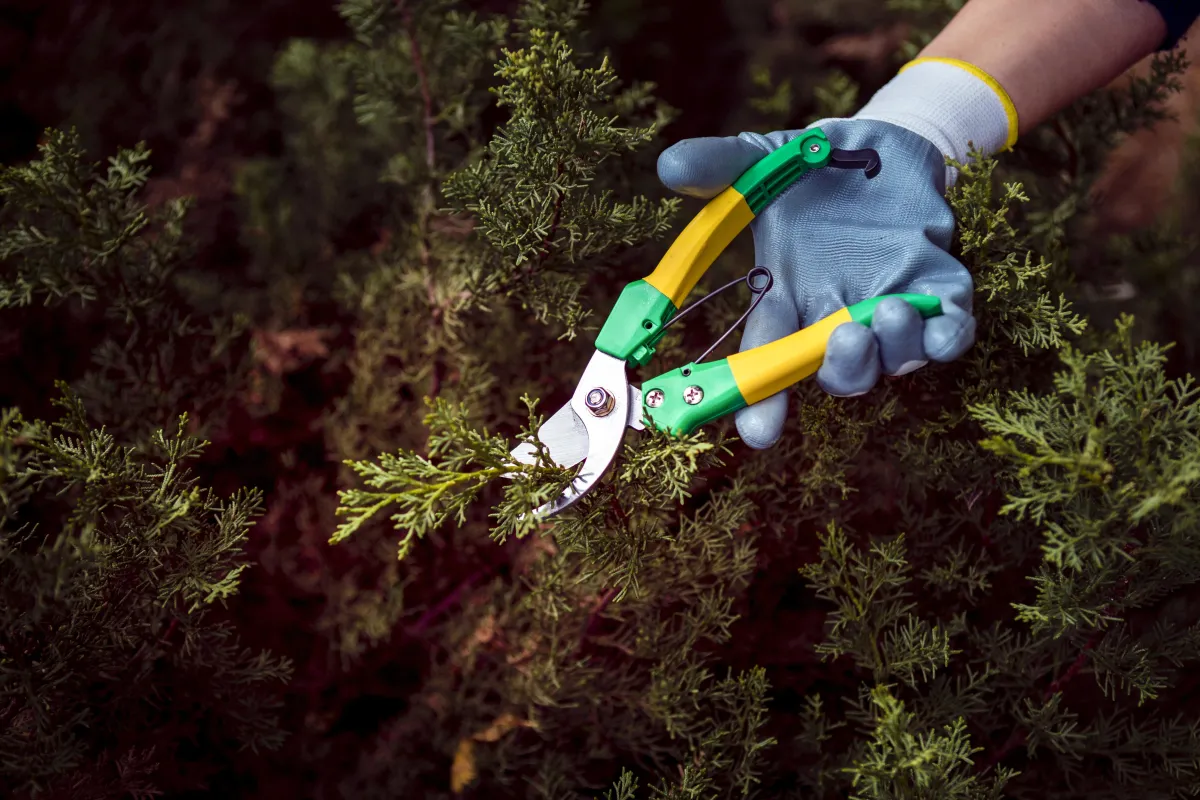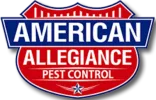American Allegiance Pest Control
Blog

How Lawn & Ornamental Pest Control Enhances Landscape Health in Southwest Florida
Introduction
You love the lush palms, flowering shrubs, and green turf that make Southwest Florida so beautiful. But pests, plant diseases, and harsh weather can quickly undermine that landscape investment if left unchecked.
This post will show how systematic lawn and ornamental pest control not only keeps your yard looking great, but also improves long-term plant health, prevents costly damage, and supports a resilient ecosystem around your home.
What Lawn & Ornamental Pest Control Is and Why It Matters
Lawn & ornamental pest control means treating turf, trees, shrubs, and landscape plants to prevent or remove insects, pests, weeds, and diseases that harm appearance and plant vitality.
Here are the key reasons it’s important in Southwest Florida:
Many pests thrive in warm, humid climates; without control, infestations can spread fast.
Diseases and pests weaken plants, making them less able to resist drought, storms, or salt spray.
Maintaining strong landscape health saves money over time—less replanting, fewer emergency treatments.
Healthy ornamentals (shrubs, flowers, trees) increase property value, curb appeal, and even shade and cooling effects for your home.
Drawing on regional examples: many South Florida services include lawn/ornamental spraying, fertilization, weed control, disease prevention. These collectively help landscapes stay strong. Florida Environmental Pest Control+3acepluspest.com+3Sunrise Landscape+3
Long-Term Strategies for Healthy Landscapes
Here are strategic actions Southwest Florida homeowners should build into their landscape routines:
Regular inspections & early detection
Watch for pests like chinch bugs, whiteflies, or scale insects. Early spotting before damage spreads leads to simpler, less intensive treatment.Integrated Pest Management (IPM)
Combine cultural, mechanical, biological, and chemical methods. For example: using disease-resistant plant varieties, encouraging beneficial insects, treating problem areas rather than blanket spraying.Proper watering, soil, and drainage care
Avoid overwatering; ensure soil has good drainage; reduce standing water. Healthy soil supports strong roots; weak root systems invite pests.Targeted treatments for pests & diseases
Use treatments tailored to specific pests or diseases (fungal infections, insect infestation, etc.). Employ systemic treatments when needed for trees/shrubs.Weed and turf care
Keep turf mowed at proper height, remove weeds that compete for nutrients/water; control weeds in ornamental beds.Seasonal maintenance schedule
Plan treatments or inspections around peak pest seasons (usually the wet season, early summer) and after storms. Adjust your program seasonally as environmental pressures change.Use safe and effective products
Choose products that are effective but also safe for pets, people, beneficial insects. Apply only where needed, follow labels, and consider non-chemical options when possible.Ongoing landscape protection & renewal
After treatments, prune damaged plants, replace lost mulch, repair soil/erosion, replant where needed. Maintain plant diversity to reduce risk of large scale damage.
Signs Your Plantings May Be Suffering Without Pest Control
Here are warning signs that you might need to implement or upgrade your pest control strategy:
Brown or patchy turf that doesn’t respond to watering
Wilting or yellowing ornamentals, especially lower foliage
Leaves with holes, sticky residues, or leaf drop
Visible insects on leaves, buds or under bark
Trees or shrubs that are stunted or show bark damage
Fungal growths, mold, or mildew in shaded or damp areas
Frequently Asked Questions
Do I need professional lawn & ornamental services or can I DIY?
DIY can work for small issues or routine maintenance. But professionals have access to better diagnostics, safer product application, and long-lasting solutions—especially for larger or repeated problems.
How often should I schedule pest control for my landscape in Southwest Florida?
Typically quarterly or bi-monthly checkups work during active pest seasons. At minimum, one in early wet season, one mid-season. Adjust after storms or abnormal weather.
Are pest control chemicals harmful to people, pets, or beneficial insects?
When used correctly and according to label instructions, many treatments are relatively safe. Professionals can help choose products and methods that minimize non-target impact (beneficial insects etc.).
Can pest control help during storm season?
Yes. Post-storm conditions (standing water, damaged plants, debris) can spike pest problems. A strong landscape condition helps resist pest surges. Treatments timed after major rainfall or storms can reduce outbreaks.
What part does plant selection play in long-term success?
Choosing native or pest-resistant species, proper turf grass types, and ornamentals suited to local soil/sun/humidity helps lessen pest pressure from the start.
Conclusion
A beautiful, resilient landscape in Southwest Florida relies on more than good soil and watering—it needs a proactive, well-rounded pest control strategy. Regular inspections, smart treatments, safe products, and proper planting all combine to protect your lawn, trees, and shrubs from persistent threats.
Our Services
Helpful Links
Areas Served
Contact Information
12011 Amedicus Lane Unit 1 Fort Myers, Florida 33907
Mon - Fri: 8:00 am - 4:30 pm
Sun: Closed
*After-Hours Available by Appointment
Emergency Services Available
© 2025 All Rights Reserved | American Allegiance Pest Control
